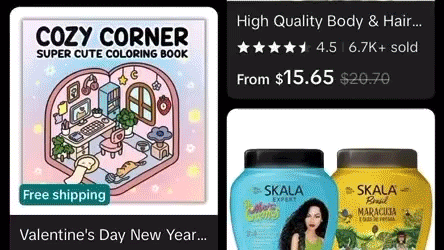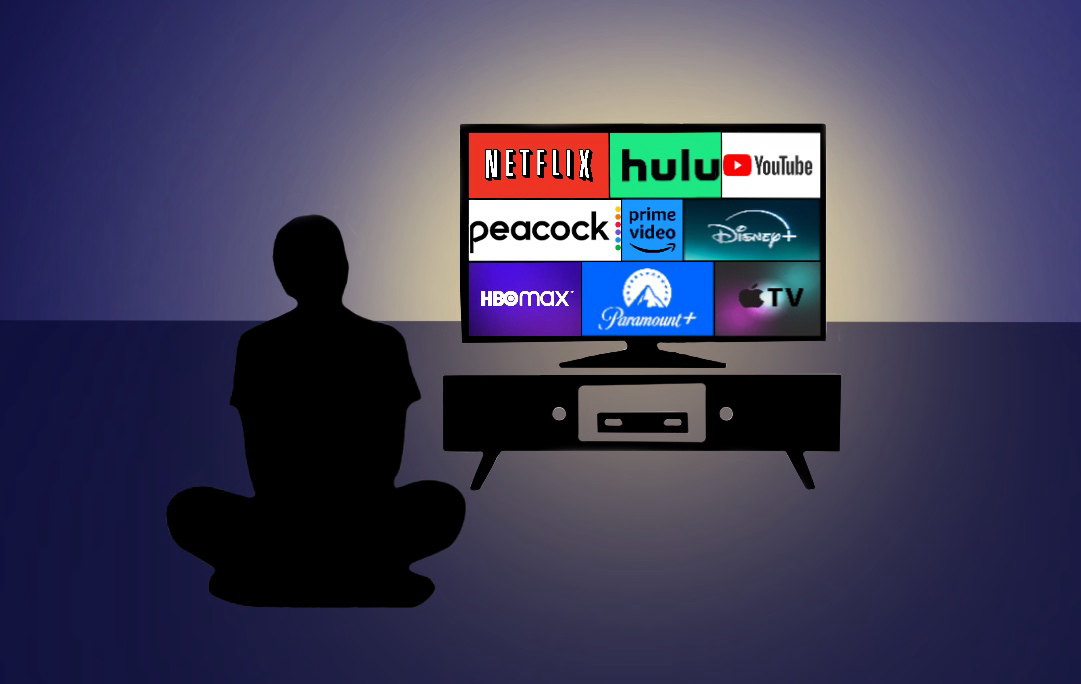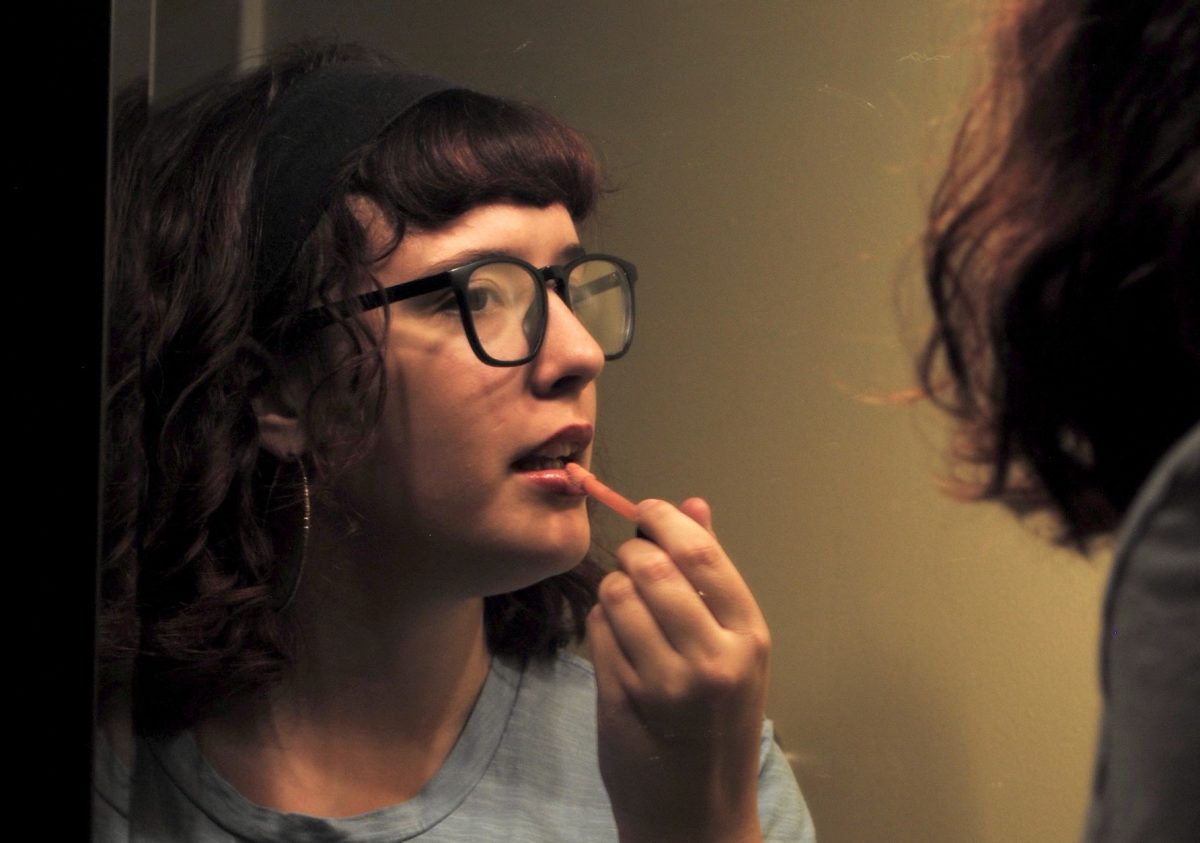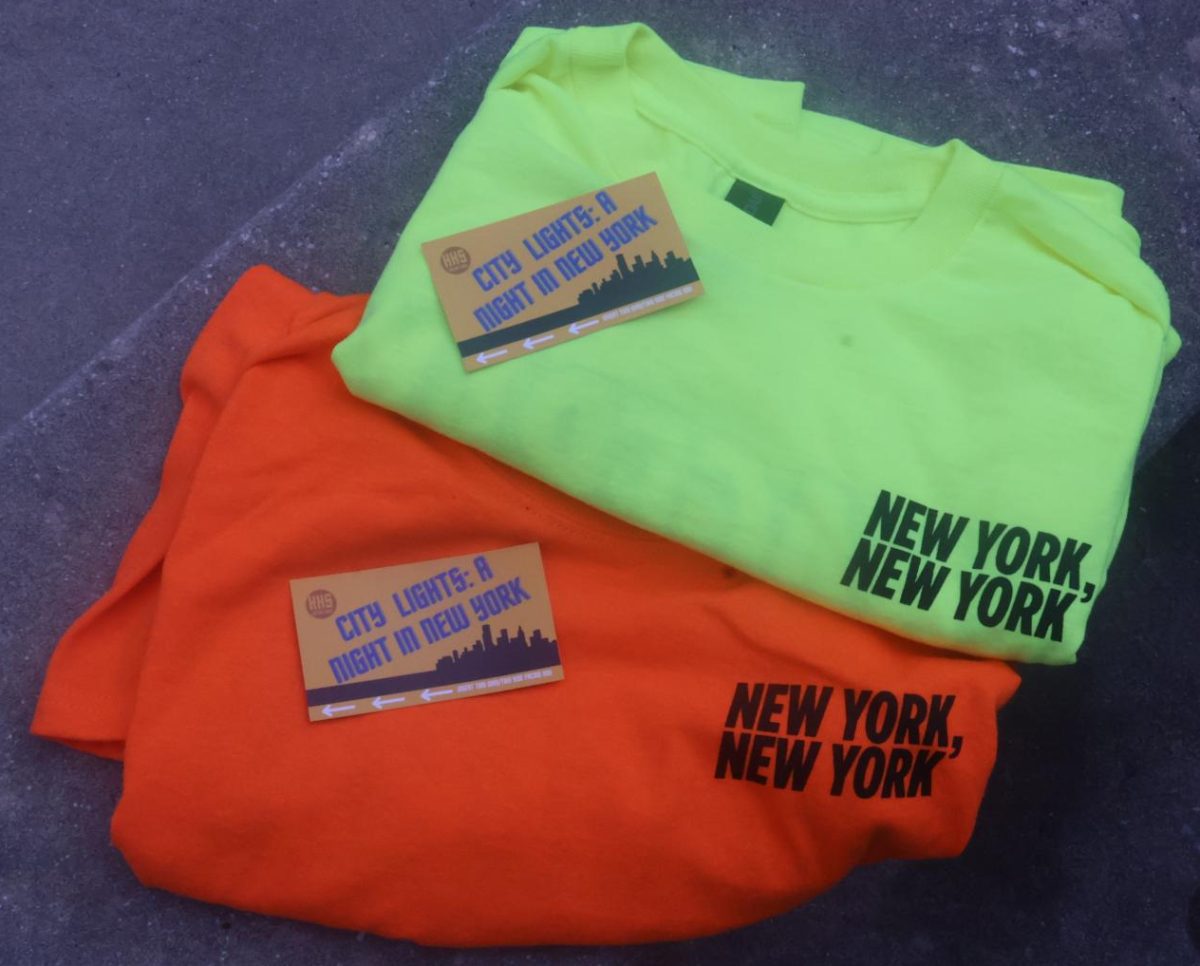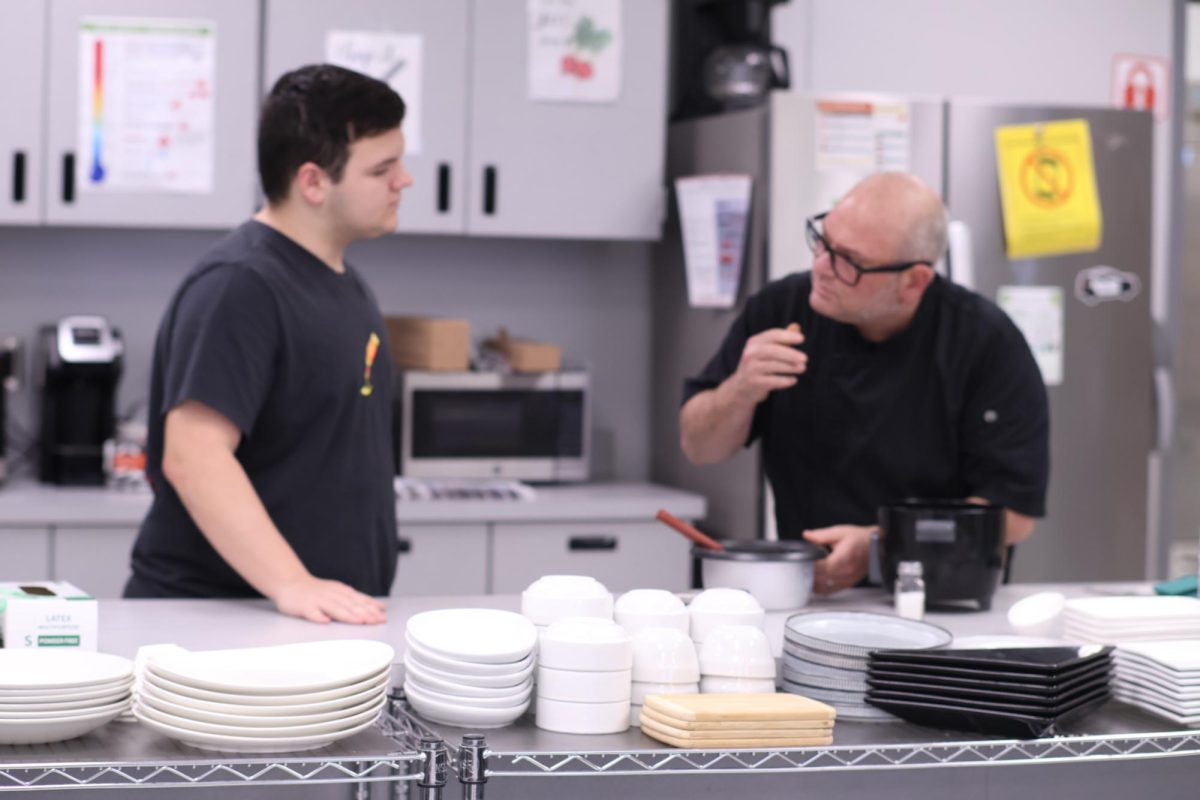Senior Cali Adkins scrolls through TikTok videos of makeup routines, clothing reviews and GRWM vlogs on her For You page. Having seen many of her favorite tiktokers using new products, she takes into account the popularity of a product and how other people evaluate it before she decides to buy.
“I usually [feel] influenced to buy the trendiest products like Owalas, Stanley [cups], Rhode lipgloss, Skims, Sol de Janeiro,” Adkins said, “because it’s flooding my TikTok or Instagram.”
Traditional marketing approaches, such as TV and radio advertisements, used to be the main way businesses introduced new products into the market and selling an audience. However, IMM Institute found that a shift over the past couple of years from mass media to social media platforms contributed heavily to the rise in digital marketing tactics. Applications, including Instagram, TikTok and Facebook allow consumers to interact with content creators and buy featured products from them via links to online stores.
One of the most useful apps for tracking influencer products and current trends is Like To Know. Influencers transfer posts and reels to the app from either Instagram or TikTok, then the app labels all products in the video that the influencer is using/wearing and links them below.
Businesses typically choose influencers with large followings, who will guarantee to increase sales for a product, while others will use their social media accounts to recruit representatives to review their products.
While some influencers are more outright when promoting products, others attempt to conceal reviews in ordinary videos, leading many viewers to question their authenticity.
“If the product sucks and they’re getting paid for it, they’re gonna say it’s great no matter what,” junior Elle Kushner said. “There’s people [who] can get paid for it and then there’s people who just buy it with their own money and give it a real review.”
Junior Jolin Alcindor has found that doing his own research on products is key to finding out if an influencer is truthful about its quality. Properly evaluating a product, comparing reviews and price matching are all ways to determine if a product is worth buying, regardless of how influencers advertise them to be.
“Whatever they’re saying, you know, you can’t really take it at face value because they’re getting paid,” Alcindor said. “You have to be able to discern [a product’s quality] for yourself.”
Several tools have been put into place by social media platforms to counteract the effects of false advertising, such as including a “Paid partnership” label on an influencer’s reel or a button with the words “Try Now,” which links to a product’s website. Some influencers personally caption their videos with “#ad” to prevent misleading their followers.
Influencers’ impact does not stop at changing high school students’ shopping habits– they also play an important role in introducing new brands to the online market. According to a benchmark report on the impact of influencers in the marketing industry, 66% of brands used TikTok to implement influencer marketing, with 47% use Instagram.
“If you have that much of a pull with people, you should be able to [use] it, because it’s the same thing as people on commercials, right?” Kushner said. “It’s a way, even for small businesses, to get their products out. They send them to people with a lot of pull in the community, so it works.”
Through an online persona, these influencers appeal to their audiences that want more down-to-earth content. Lexi Hidalgo, a popular self-care influencer, participates in numerous charities and has her own wellness podcast, where she offers her own advice and life experiences for her followers to relate to.
Senior Ella Kaplan prefers influencers, such as Hidalgo, who bring awareness to taboo topics, such as mental health or personal struggles, that others are afraid to speak about due to an online presence they have created.
“They are themselves online. They try to always speak about things that lots of people don’t want to speak of because they don’t want people to judge them,” Kaplan said.
How much a person believes an influencer’s testimonies depends on personal preferences. Kushner trusts an influencer the longer she follows them for, whereas Alcindor favors Jeffree Star above the other influencers he watches because Star’s content is guaranteed to be a live representation of his reviews.
“I like the interactive experiences of it and his reviews I trust a little bit more because his reviews are always like filmed on a live stream, recorded, and then put on his Tiktok,” Alcindor said.
Influencers allow people to better themselves, either with self-improvement products or by listening to creators share their voice. Being exposed to different personalities and interests, people can decide for themselves who they connect with most.
“It gives people that want to better themselves an option to frame themselves, even for confidence purposes,” Kaplan said. “They can have the confidence [wearing] something that loads of people love, and I just feel like that’s good for some people, because it lets them be more confident in who they are [and] maybe find themselves.”

